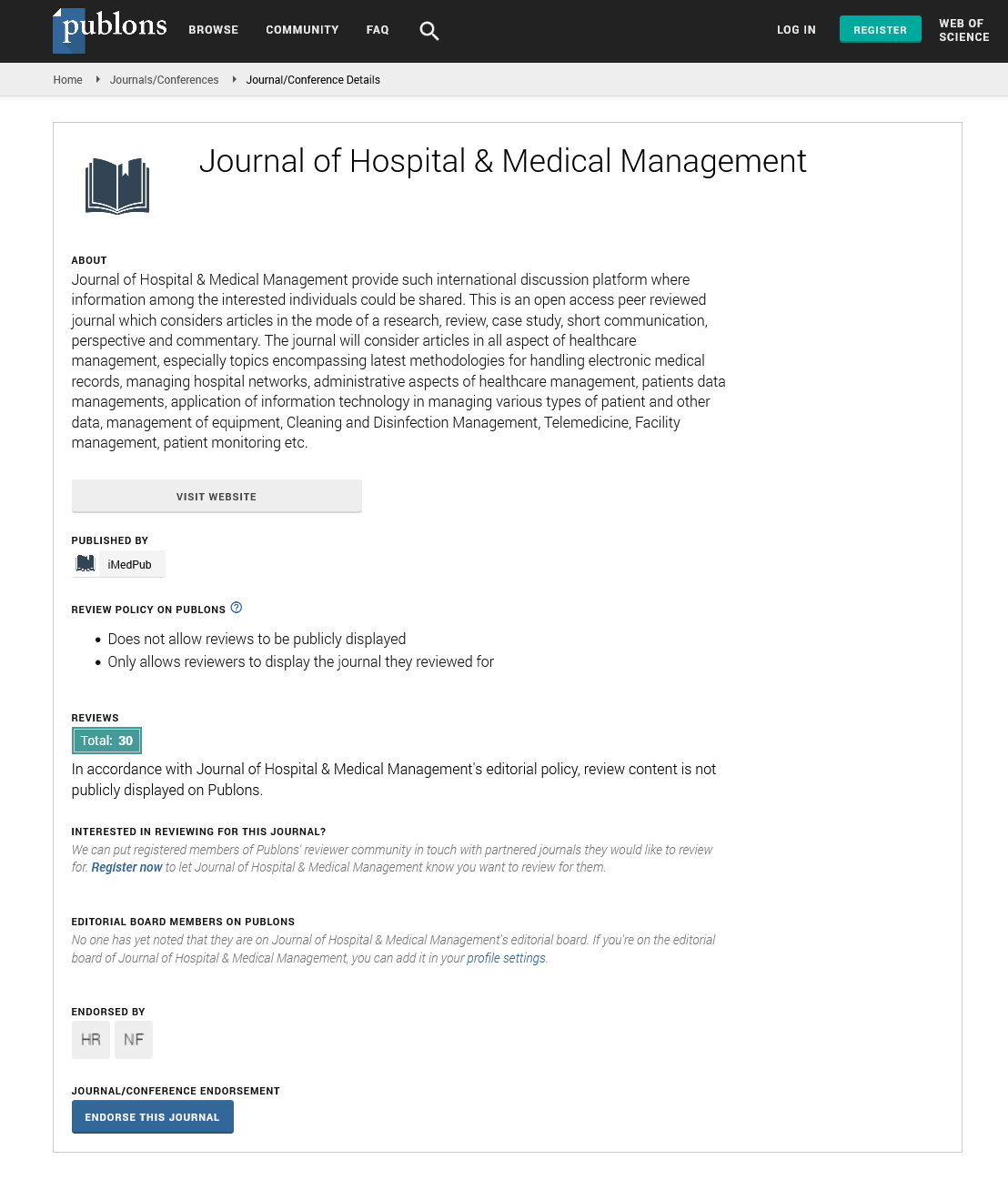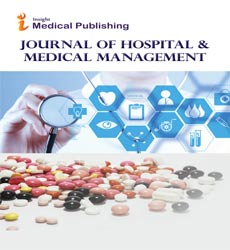Abstract
Assessment of Quality of Urological Care and Services in a Tertiary Care Center
Background: The standard of medical care remains one of the biggest problems facing the health care system. In order to determine whether medical treatment meets the requirements of the health care system, the standard of care must be evaluated. In evaluating health care services, patient satisfaction is as important as medical outcomes and expenditures.
Purpose: To evaluate the quality of health care in the urology department and identifying areas for improvement.
Methods: This prospective study enrolled a total of 220 adult patients over 18 years of age were included in the study. The modified questionnaire SWOPS and the SERVQUAL questionnaire were used to analyse the data. The modified questionnaire included basic demographic information and multiple-choice questions designed to elicit patients' comments on various aspects of the functional quality of services provided at the urology clinic. The chisquare test, t-test and Analysis of Variance (ANOVA) were used for statistical analysis.
Results: The average OPD registration time (minutes), consultation waiting time (approximately minutes), and consultation time (approximately minutes) were 18.85 ± 14.45 minutes, 55.79 ± 35.81 minutes, and 6.50 ± 2.46 minutes, respectively. The satisfaction rate was significantly higher among specialists (82.29%) than among residents (72.30%). However, no significant difference in satisfaction rate was found based on benign/malignant disease or gender. The time taken to register at the clinic and the actual time taken to see a physician were significantly different between the different OPD days.
Conclusion: Most patients expressed satisfaction with the length of their consultation, the support they received from staff, the contact between them and their physicians, and their ability to participate in decision making. When the patient was seen by a specialist rather than just a resident, the patient was significantly more satisfied. Satisfaction rates were significantly lower during the first week of OPD
days and on high patient volume days, especially given the longer wait times for registration and consultation. To increase patient satisfaction and provide higher quality care, professionals would need to review patients more frequently.
Author(s): Jayant Maurya*
Abstract | Full-Text | PDF
Share this

Google scholar citation report
Citations : 319
Journal of Hospital & Medical Management received 319 citations as per google scholar report
Journal of Hospital & Medical Management peer review process verified at publons
Abstracted/Indexed in
- Google Scholar
- China National Knowledge Infrastructure (CNKI)
- WorldCat
- Publons
- International Committee of Medical Journal Editors (ICMJE)
Open Access Journals
- Aquaculture & Veterinary Science
- Chemistry & Chemical Sciences
- Clinical Sciences
- Engineering
- General Science
- Genetics & Molecular Biology
- Health Care & Nursing
- Immunology & Microbiology
- Materials Science
- Mathematics & Physics
- Medical Sciences
- Neurology & Psychiatry
- Oncology & Cancer Science
- Pharmaceutical Sciences


